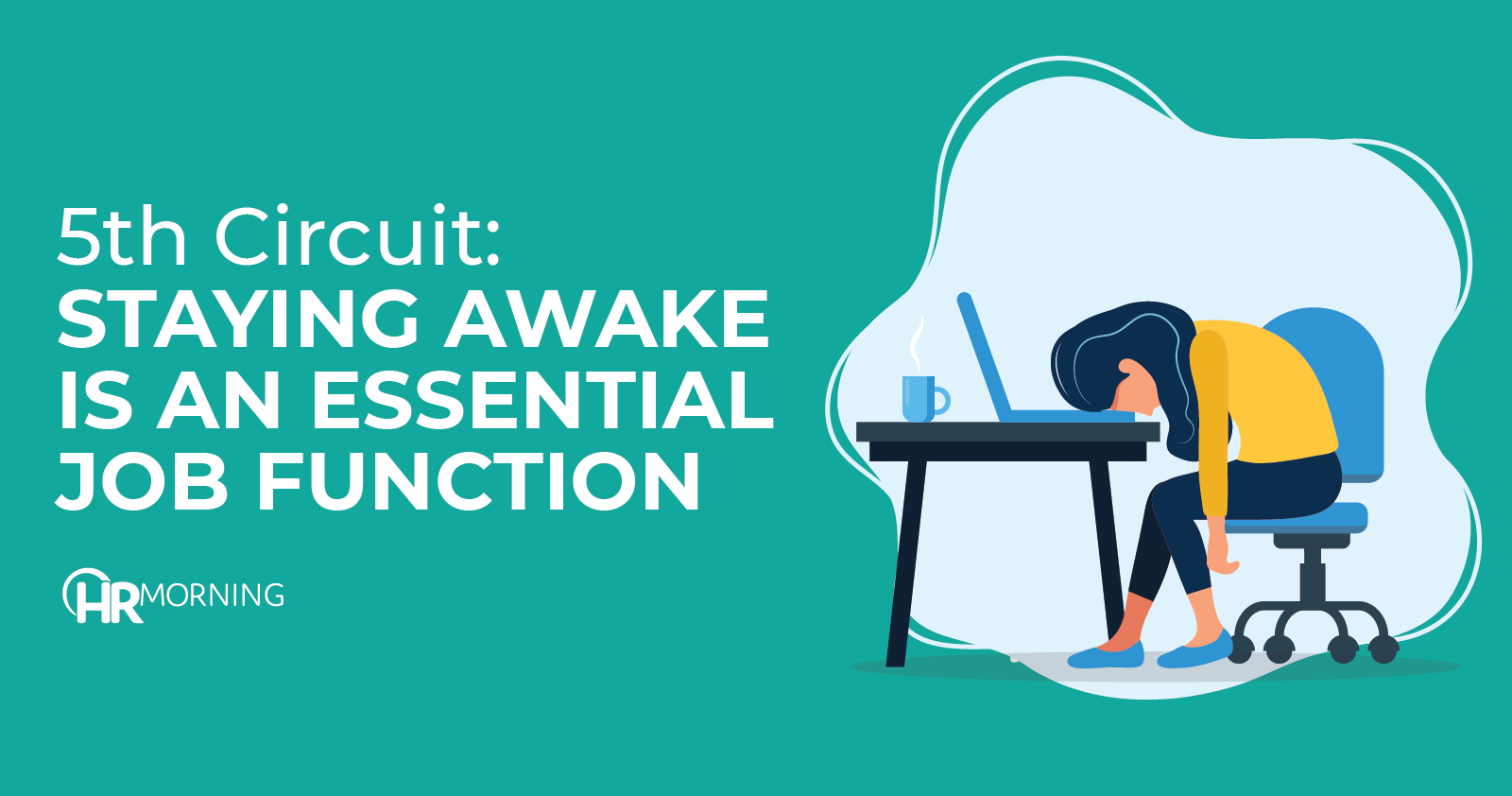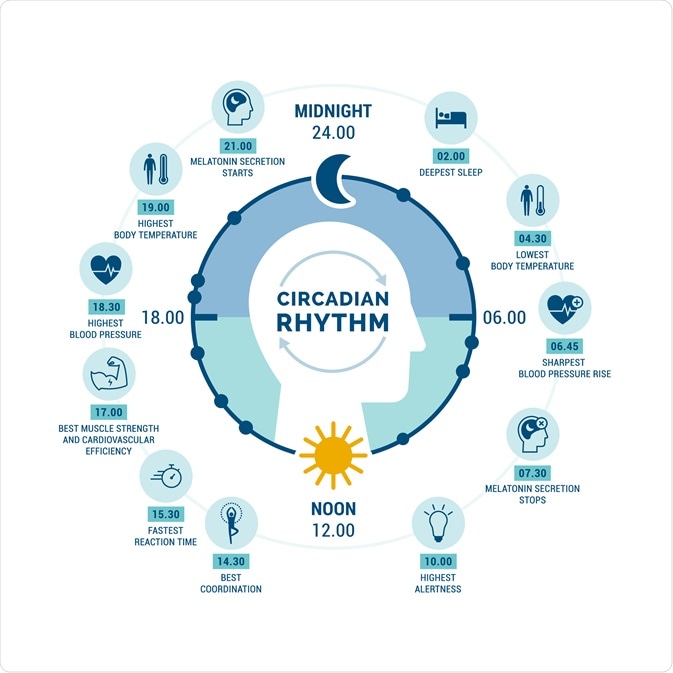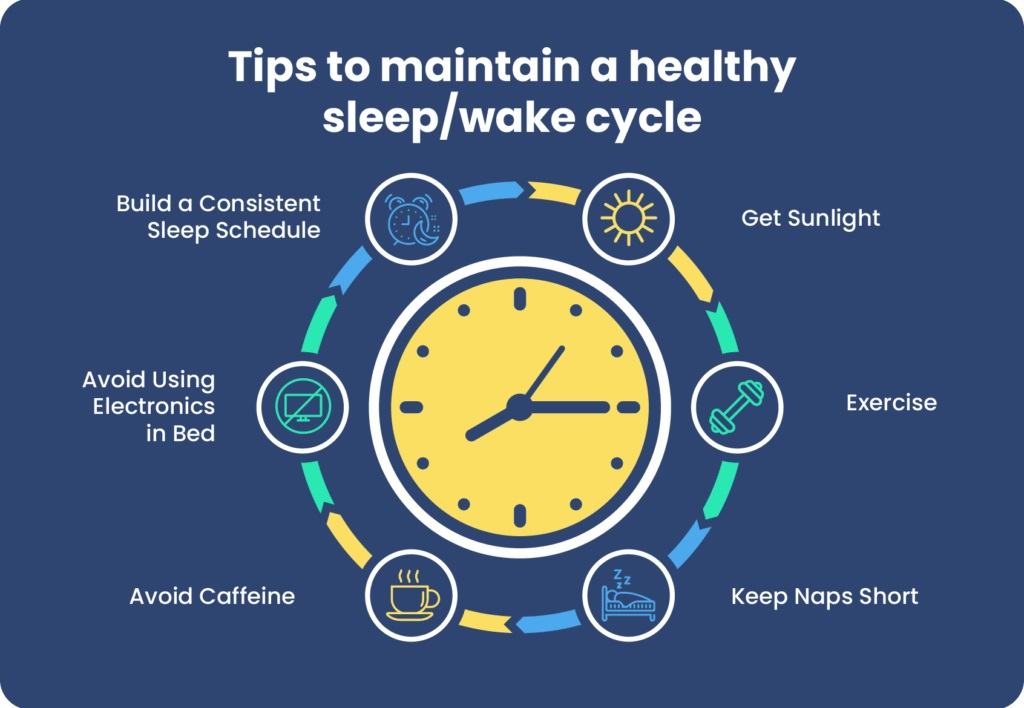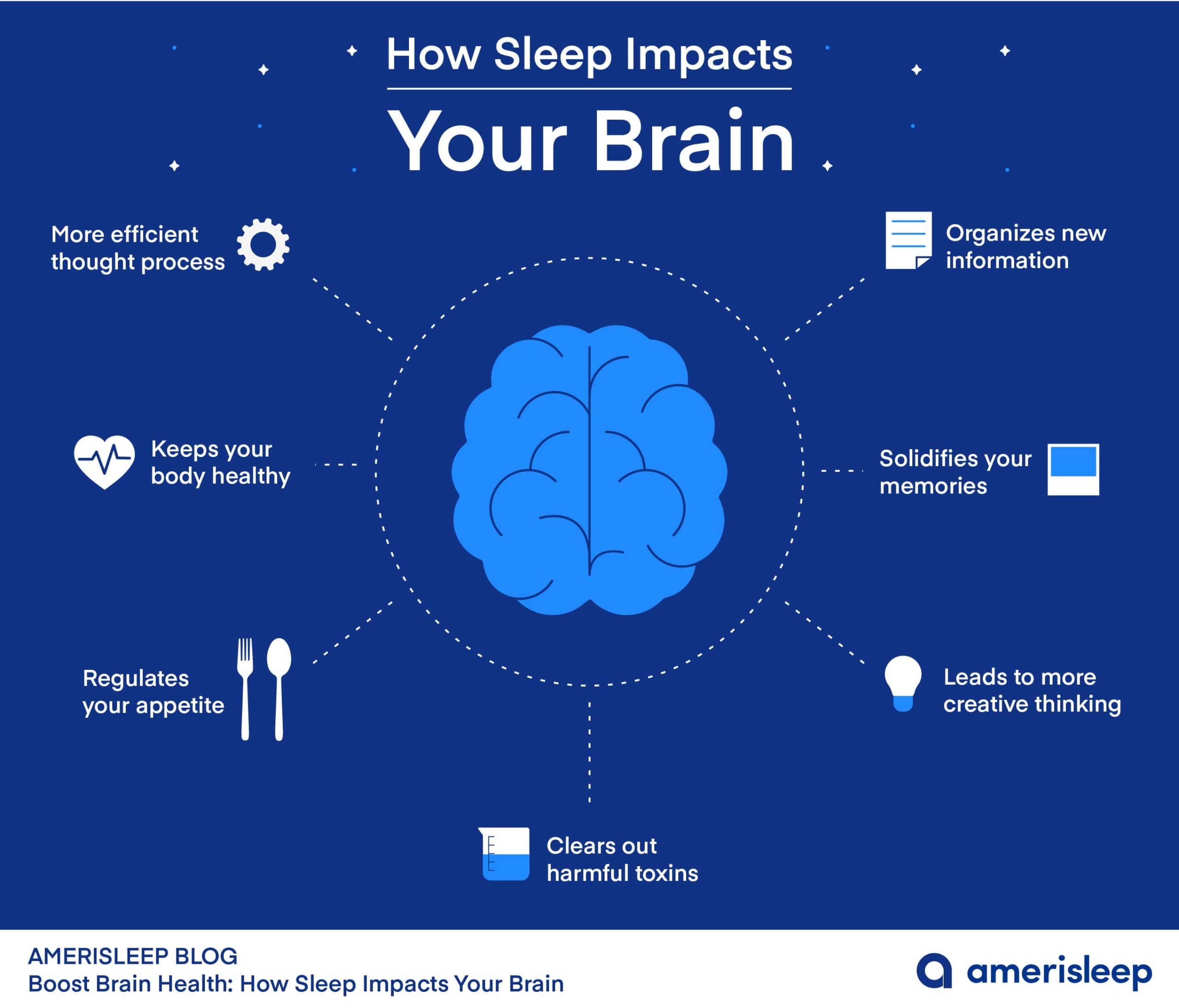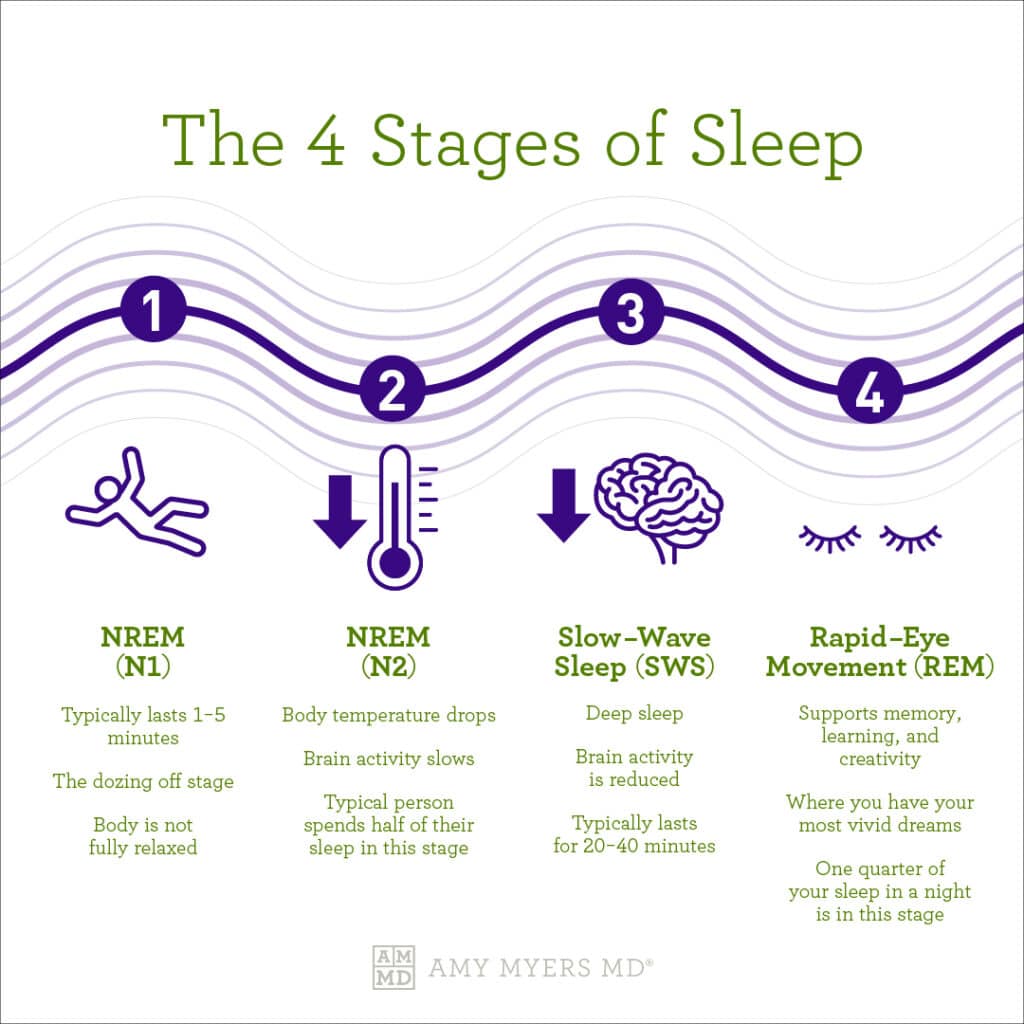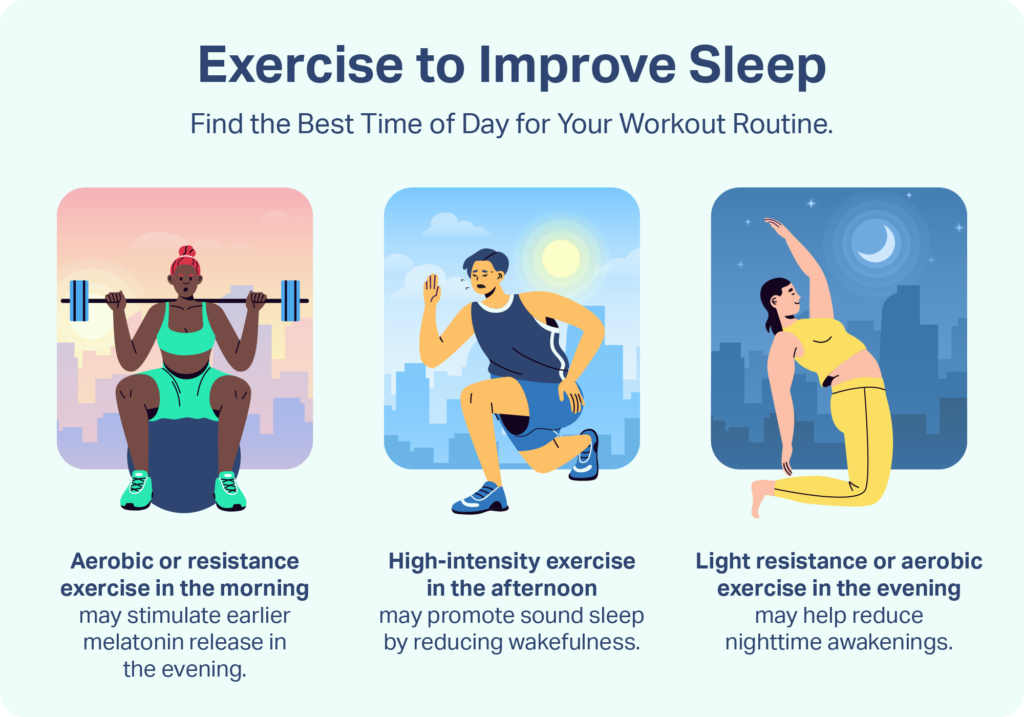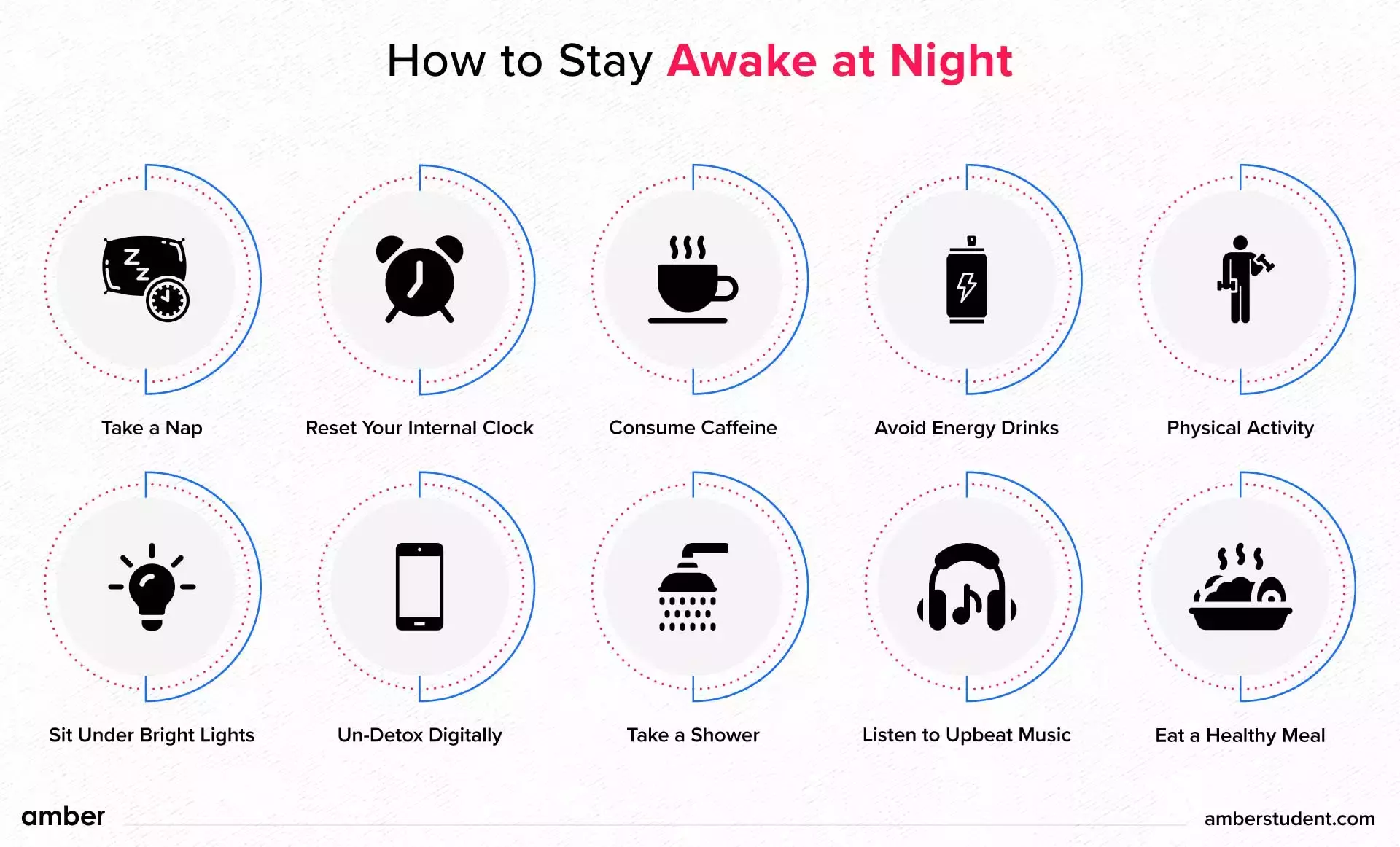Your Ability To Remain Awake Is A Function Of The:

Drowsiness, something we all experience, isn't simply a matter of willpower. Scientists are increasingly understanding that the ability to stay awake hinges on a complex interplay of biological factors. New research highlights the critical roles of homeostatic sleep drive, circadian rhythm, and sleep inertia in determining our alertness.
Understanding these core components – the homeostatic sleep drive, the circadian rhythm, and sleep inertia – is key to optimizing performance, safety, and overall well-being. This article delves into the scientific basis of wakefulness, exploring how these factors influence our daily lives and have potential implications for various sectors, from healthcare to transportation.
The Science of Wakefulness
The human body’s ability to remain awake isn’t a singular function but a complex system regulated by several interacting processes.
The primary drivers are homeostatic sleep drive, circadian rhythm, and sleep inertia. Each component significantly impacts how alert we feel at any given time.
Homeostatic Sleep Drive: The Pressure to Sleep
The homeostatic sleep drive, often referred to as sleep pressure, is the internal mechanism that accumulates the longer we stay awake. Think of it as an invisible force that builds steadily throughout the day, signaling the brain to initiate sleep.
Adenosine, a neurochemical, plays a central role in this process. As adenosine levels rise in the brain, the urge to sleep intensifies. Caffeine works by blocking adenosine receptors, temporarily suppressing the sensation of tiredness.
Circadian Rhythm: The Body's Internal Clock
The circadian rhythm is our body’s natural 24-hour cycle. It governs various physiological processes including hormone release, body temperature, and sleep-wake cycles. It's essentially an internal clock synchronized by external cues such as light and darkness.
Disruptions to the circadian rhythm, like those experienced during jet lag or shift work, can significantly impair alertness and cognitive function. According to the National Institutes of Health (NIH), maintaining a consistent sleep schedule is crucial for regulating the circadian rhythm.
Sleep Inertia: The Post-Awakening Slump
Sleep inertia is the period of impaired performance and grogginess experienced immediately after waking. This temporary dip in alertness can last from a few minutes to several hours. This is especially pronounced if you wake up from deep sleep.
The severity of sleep inertia depends on various factors, including the duration and depth of sleep preceding awakening. Countermeasures include exposure to bright light and engaging in physical activity.
Implications for Daily Life
Understanding these three components has profound implications for daily life. Improved sleep hygiene, consistent sleep schedules, and strategic use of light exposure can all enhance wakefulness and performance.
For example, people with demanding schedules, such as healthcare professionals or truck drivers, could benefit from strategies designed to mitigate sleep inertia and maintain circadian alignment.
"Strategies such as strategic napping, caffeine intake, and controlled light exposure can improve alertness and reduce the risk of errors," says Dr. Emily Carter, a sleep researcher at Stanford University.
Societal Impact
The implications extend beyond individual well-being. In sectors where vigilance is crucial, such as transportation and healthcare, understanding and managing these factors can improve safety and reduce errors.
The National Transportation Safety Board (NTSB) has repeatedly emphasized the role of fatigue in accidents. Implementing strategies to combat fatigue among transportation workers is thus a major safety priority.
The Future of Wakefulness Research
Ongoing research is delving deeper into the neurobiological mechanisms underlying these processes. Scientists are exploring new ways to manipulate these systems to optimize alertness and treat sleep disorders. Future advances could involve personalized interventions tailored to an individual's unique circadian rhythm and sleep patterns.
By understanding the science of wakefulness, we can take proactive steps to optimize our alertness, improve our performance, and enhance our overall quality of life. The continuous exploration of these biological functions promises to unveil even more insights into the intricate mechanisms that govern our daily lives.
